How to Fight Those "Boxy Buildings"
This article was written by Andrew Price, a regular contributor to Strong Towns since 2013 and a founding member of the organization. It was originally published on his blog, and is reposted here with his permission. It responds to an earlier Strong Towns article, titled “Widening the Discussion about Boxy Buildings.”
A recent Strong Towns article titled “Widening the Discussion about Boxy Buildings” discussed the problem of "boxy buildings."
Although some of it has to do with architectural style, much of what the article talks about are block-sized buildings. I regularly talk about my dislike of block-sized buildings on my blog (see my article on granularity), where I call this course-grained urbanism:
Buildings that take up the entire block in Harrison, New Jersey.
Contrast this with fine-grained urbanism—a city built and owned by many owners:
These blocks in the East Village are occupied by dozens of buildings.
Fine-grained urbanism is found around the world. From left-to-right, compare New Orleans, Amsterdam, and Osaka:
Let's recap some of the reasons why a fine-grained pattern of many smaller buildings is preferable over fewer, larger buildings.
Fine grained urbanism is more attractive for walking. As we exert energy, our brain wants to be rewarded with progress. If we walk past a blank wall or a highly repetitive pattern, we make very little visual progress, and so we quickly feel exhausted.
The long, blank, ugly façade of a parking garage in Hoboken, New Jersey.
We can require the developer to artificially break up a bland façade. I call this pseudo-granularity:
Block-sized apartment buildings in Hoboken, New Jersey with a slightly more interesting façade.
A housing block in Manhattan, with the ground floor divided up into commercial units.
I have heard developers call the act of putting retail along the ground floor as “activating” that side of building. But, often, only one side actually gets “activated”:
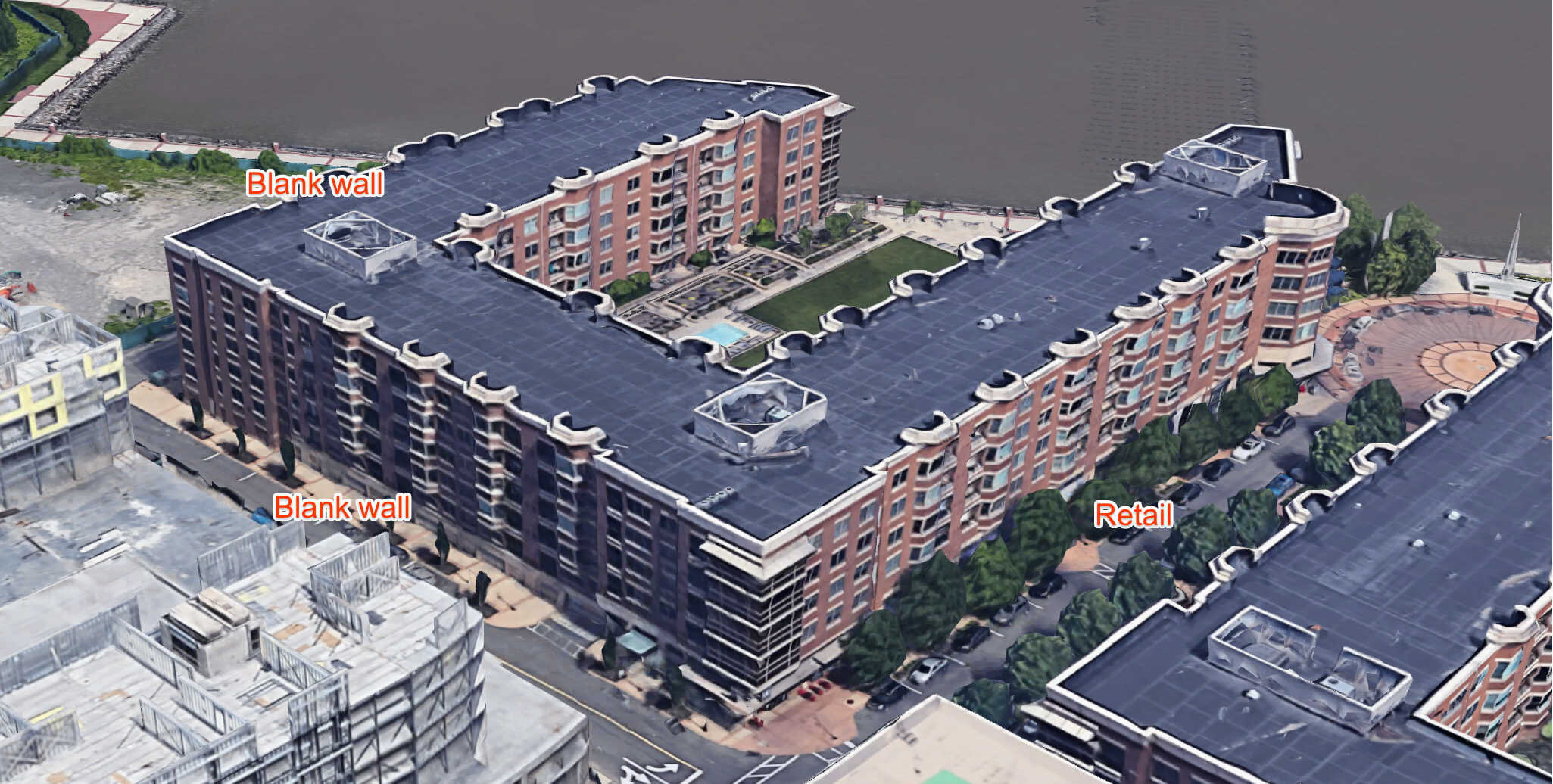
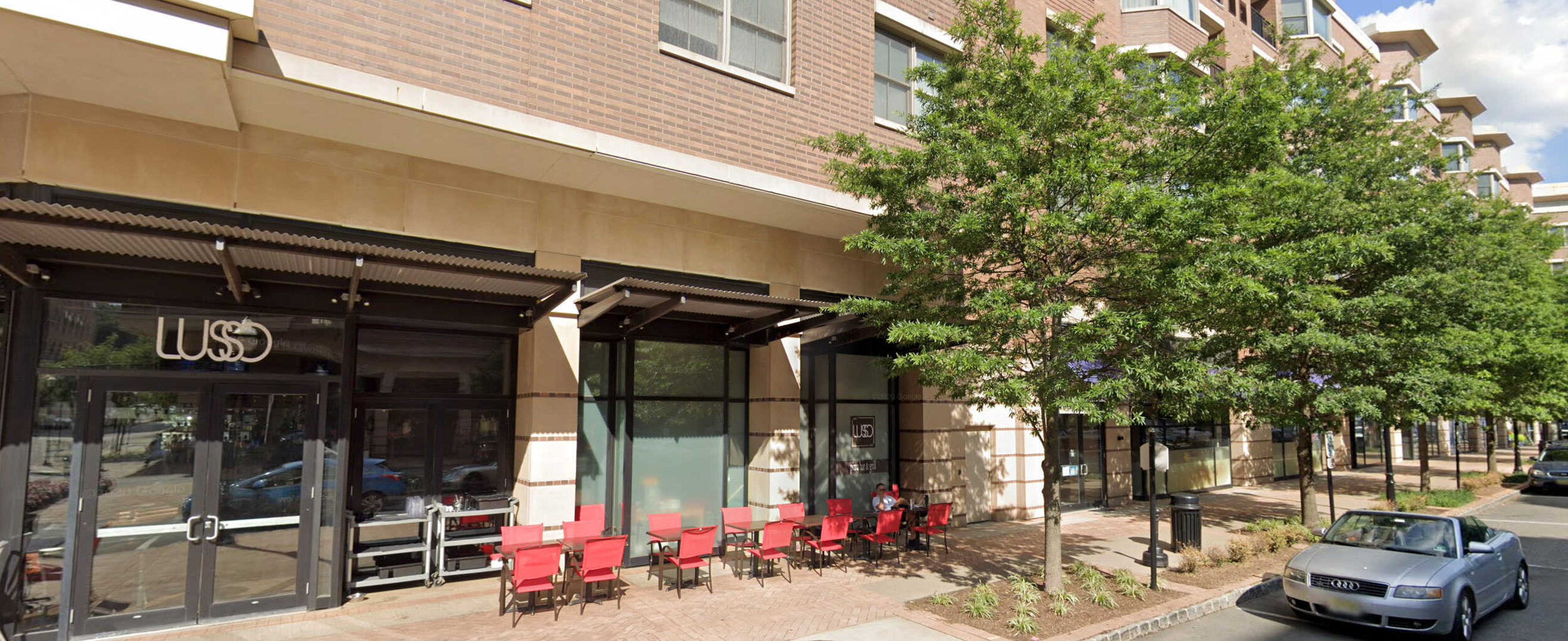
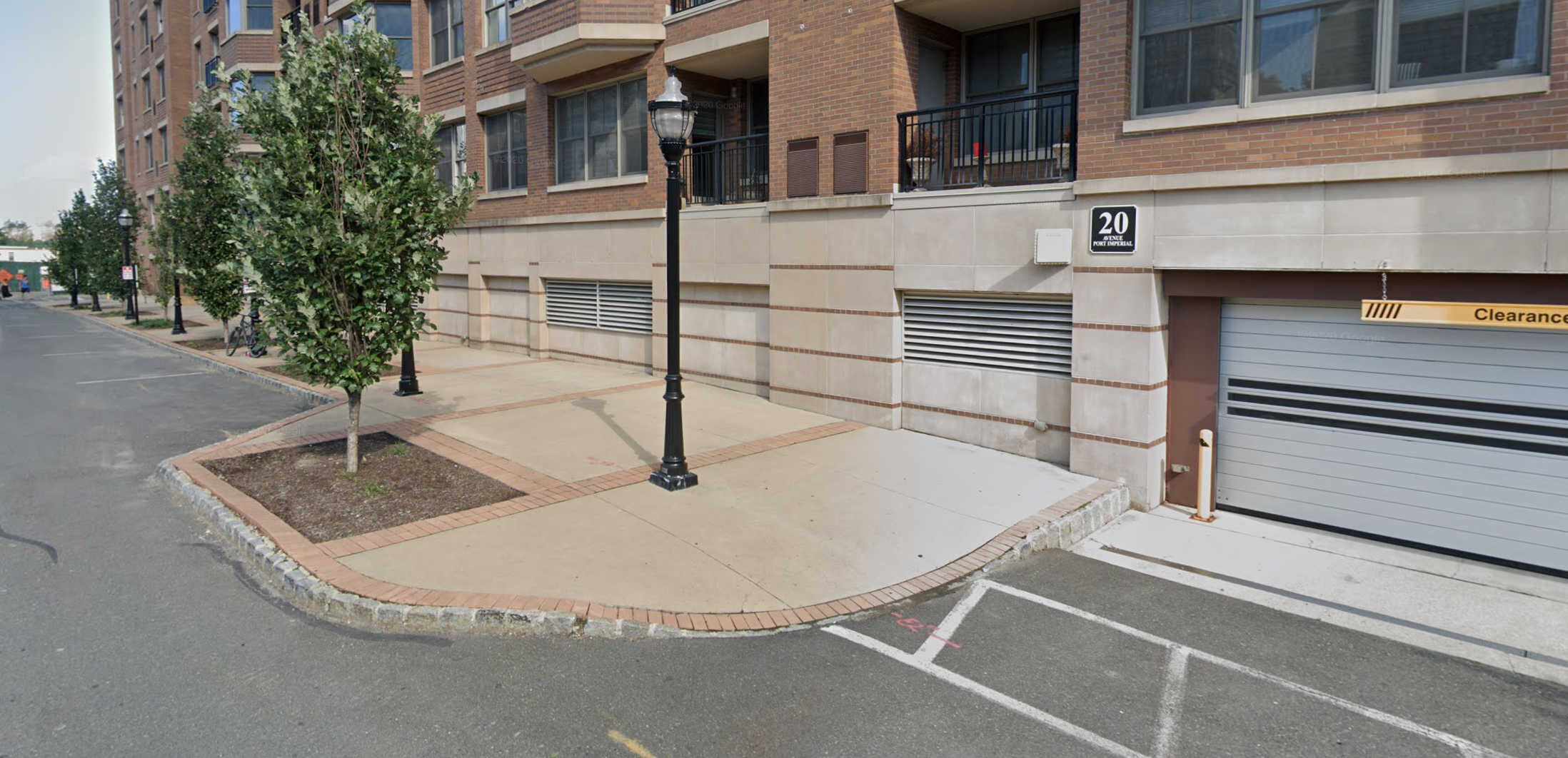
In the fine-grained pattern, when there is a new property owner every 25 or so feet...
Early map of what is now part of Jersey City, New Jersey.
...we naturally get a building's front door every 25 feet and a slightly different façade every 25 feet. It is still an interesting walk, even if it is not the prettiest of buildings that you are walking past.
Walking past townhomes in Hoboken.
Walking past a business in Hoboken.
Walking down the street in Zurich, Switzerland.
Walking past townhomes in Philadelphia.
There is no risk of this:
Walking past an apartment on top of a parking garage in Hoboken.
The historical concentration of land ownership in Mexico is one of the explanations why the United States is much wealthier than Mexico, so it is concerning to see land concentration happening in our cities.
The Newport neighborhood of Jersey City began development in the 1980s, and there is not a single building I would consider “fine-grained.”
Land is the most important asset of a city. Historically, the United States only allowed those who owned significant parcels of land to vote and not too long ago, owning land made you part of the gentry class. Still today, those who own the land benefit from the economic prosperity through rising land values and rising rents. Not to idolize land ownership, but who owns the land you live on matters. History will repeat itself (for example, prosperity in Mexico versus the United States, where land ownership was concentrated versus distributed), and I care about building a strong middle class, and not the economic polarization (the rich get richer, the poor get poorer) that comes from a small ownership class and a large consumer class.
Eventually, perhaps five years or 50 years from now, the current owners of a building will move on. If the current owner goes bankrupt, there are changing market conditions and the building could be better re-purposed, or the owner just wants to cash out, there is going to be a much smaller pool of buyers able to afford $50 million for a large "boxy building."
A building that expands the entire block in Harrsion, New Jersey. In 50 years' time when this building is rundown, how many people could buy it?
Thus, it is likely to sit there abandoned for decades, even in a desirable area. Compare that case to the pool of buyers able to afford $500,000 for a much smaller building:
Two buildings in Paterson, New Jersey. This area is economically distressed, but still the buildings found an owner that is making productive use of the first floors.
To be clear, when we are talking about land granularity, we are talking about the horizontal scale of buildings, not the vertical scale or anything to do with limiting population density. I have nothing against building tall if the land value is high enough (in places such as Manhattan) if the economics pencil out for the developer who has privatized the risks. There is also no need to consolidate land to build tall.
See, from left-to-right, three Manhattan buildings and on the far right, an empty lot in Hoboken (This should be the size of a typical parcel of land for sale.):
I hope I have done a good job to argue why fine-grained urbanism is important. If you need more convincing, please read my article on granularity
I do not like speaking about the problems without offering solutions. Let's explore how we can return to building fine-grained places.
Step One: Make Small Buildings Legal Again
Look at this photo to the right of two recently constructed buildings in Jersey City. Change everything in your zoning code that makes this type of construction illegal. Here are some common rules found in your zoning code that could make the buildings to the right illegal:
Minimum lot sizes. Obviously, we cannot build on a 2,000 square foot lot, if the zoning code does not allow lot sizes smaller than 5,000 square feet. Minimum lot sizes also drive up home prices.
Setbacks, particularly side setbacks which encourage land consolidation. Setting aside a fixed amount of land per property owner encourages fewer property owners. If you have 10-foot setbacks either side, and your property is 25 feet wide, that only leaves five feet of usable space! Urban dwellers figured out fairly early on to build party walls out of non-flammable materials, so cities are not constantly burning down today. A continuous wall of buildings also creates for a cozy, enclosed streetscape, so, particularly in urban areas, we should not force buildings to be spaced apart just for the sake of it.
Lot coverage restrictions. Nature is important (build real parks), and so are beautiful places filled with people and birds—within a short walk. Do not force green space (unusable decorative filler) or backyards in apartment buildings nobody maintains.
Single-use zoning that separates land-use by car scales, preventing the development of complete neighborhoods, instead requiring anyone interacting with the property to reach it via car.
Parking minimums that require each property to provide a minimum amount of vehicle storage. Garages increase construction costs and harm small businesses because once someone is in a car, they are seldom going to visit a small neighborhood business, but instead drive out to the suburbs where there is ample free parking. If you must require parking, allow it to be satisfied by a garage within walking distance so if a resident has to walk down the street anyway to get to their car, it is just as convenient to walk to the business nearby.
There are probably dozens of other rules that make it illegal.
Even in my city of Hoboken, where low-rise apartment buildings and townhouses are common, this building (below; left-hand image) burnt down in 2012, and to rebuild this similar building on the same site (right), the owners required five variances (lot coverage, setback, height, unit density) to get built. This is stupid. Most zoning codes are relics of mid-century modern planning that is ruining our cities.
The number one rule of urban planning, which should be so obviously self-evident that I wish it did not have to be a rule: Make the stuff you want to see legal.
Step Two: Stop Favoring Large-Scale Development
If we want to level the playing field so small development is viable, we need to stop:
Assigning large parcels of land to "designated developers".
Consolidating land together to make it "shovel ready."
Requiring development to go through endless committees and other red tape to get approved.
Giving tax incentives or other advantages to large transformational projects.
There are many reasons why land can sit empty or underutilized in our cities. Maybe we have made it illegal to do anything with it, or land is zoned wrong, or the there is too much red-tape for the existing land owners to go through to do anything, or the market of people wanting a parcel of land that big is too small.
It is tempting to want to use eminent domain to hand the land over to a "designated developer", or purchase the land itself to hand it over to a large developer.
The small developer that wants to build something modest on a small lot is completely excluded.
Newer condominium buildings in Hoboken.
The middle-class family that wants to build an owner-occupied home is completely excluded.
Victorian townhomes in Jersey City. A middle-class family could probably afford to fund the construction of this, if we only give them a chance.
More townhomes and small condominium buildings in Jersey City.
The built environment is the physical manifestation of the economy. If we just see a small collection of corporate land developers do all of the building and a large rental class, then what does that say about who actually owns the wealth in the city?
There should not be so much red tape that only large developers with deep pockets can absorb the costs. This means something as simple as a townhouse should not require paying property taxes on a vacant parcel of land for six months with countless billable hours for land use-lawyers and architects to produce 3D renderings to satisfy the arbitrary whims of a zoning board. Anything that meets the zoning requirements should have by-right approval. Assuming we have completed Step One, and the townhome to the right is legal to build, then we should be able to take the plans to get rubber stamped by a clerk at City Hall this afternoon. If no variance is needed, then there is no need to convince a board.
Step Three: Start Favoring Small Developers
When a large parcel of land comes up for development, we should not hand it off to a single developer, but instead encourage subdivision.
I would like to see the city play the role of a land bank and find opportunities to acquire large parcels of land. The city would draw up a master street plan that, at the very minimum, would lay out the streets and subdivide the land into blocks and lots, in the same way that American cities traditionally grew.
See, from left-to-right, Alexander Ralston's plan for town of Indianapolis, a proposal to subdivide a mall from the "A Town Well Planned" series, and the plan for Seaside, Florida:
City planners would set aside room for parks, squares, plazas, and perhaps even schools, churches, and marketplaces. This would be where city planners can shine. Make your master street plan as charming as possible. For example, if your town occupies both sides of a river, then plan for a pedestrian bridge.
A bridge over the river in Lucerne, Switzerland.
Make your streets crooked, and lead them to a square with a fountain.
Hallstatt, Austria.
Leave no space bland. If you have a walkway or parcels of land too awkward to develop on, landscape it.
Along the river in Manhattan.
Make it as nice as possible. You could even use this as an opportunity to "zone" in the sense of setting up a form-based code with architectural guidelines.
Slightly curve your streets, make a few of them pedestrian-only, and set an architectural theme for the area, such as this shopping street in the resort town of Vail, Colorado.
Set aside space for street vendors. Not only convenient for residents and makes the street lively, such spaces are important for local entrepreneurs to start something from nothing.
Salzburg, Austria.
The remaining land would be platted out (I would suggest lot sizes of 2,000 to 2,5000 square feet), and the city would sell the platted lots with a rule that the same owner could not own two or more contiguous lots.
A new building standing alone in Jersey City. I am not a fan of this architectural style, but this 2,000->2,500 square feet is the ideal size for a new lot.
Multiple residential buildings along the same street in Hoboken.
To avoid existing parcels becoming consolidated together—and assuming we have completed step one (we fixed our zoning code to make small development legal without needing variances) and step two (we have made development that does not require variances by-right)—all we would have to do is put a maximum lot size in our zoning code. A developer who owned a large parcel of land would be allowed, by right, to subdivide their land and build and sell individual buildings.
A row of individual houses in Jersey City likely built by the same the same developer.
If a developer did not want to subdivide, they would need a variance on the maximum lot size, which means hiring lawyers and appealing to the zoning board as to why they need a larger lot and satisfying the NIMBY neighbors. This would require spending a lot of time and money to get approvals (as we require now), and most developers would take the path of least resistance and subdivide.
Large developments should be subject to being approved by a community board, because of the larger impact to the streetscape. One ugly building along a 400-foot block that is only 20 feet wide only ruins 5% of that side of the street, so the risk is small. One ugly building that is 200 feet wide has the potential to ruin half of the street, and must be held to a much stricter standard.
Final Words
I have laid out actionable steps; all (except for the land bank) are implemented by changing local laws and do not cost any money to do so. The point of this is: let's make the stuff we want to see legal and the easiest to get built. We can return to a fine-grained development pattern if we want, it is just a matter of making or adjusting the rules.
A residential street in Philadelphia.
If you like what you read in this piece and want to learn more about how to make your city or town more financially resilient, know that you're not alone in your journey. Strong Towns is a worldwide movement of people who are working together to make their places stronger. If you'd like to be part of this community, consider becoming a member today.



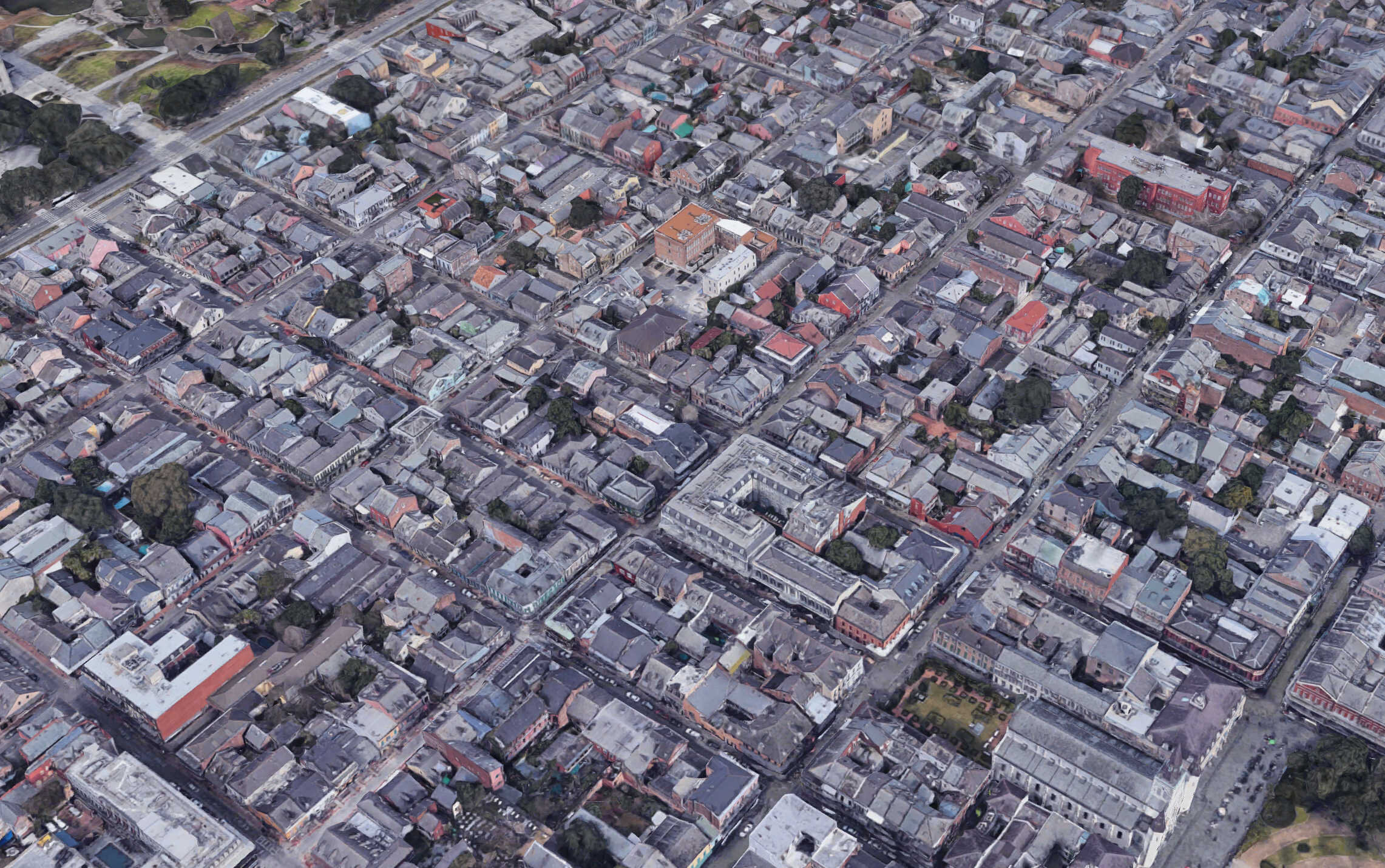














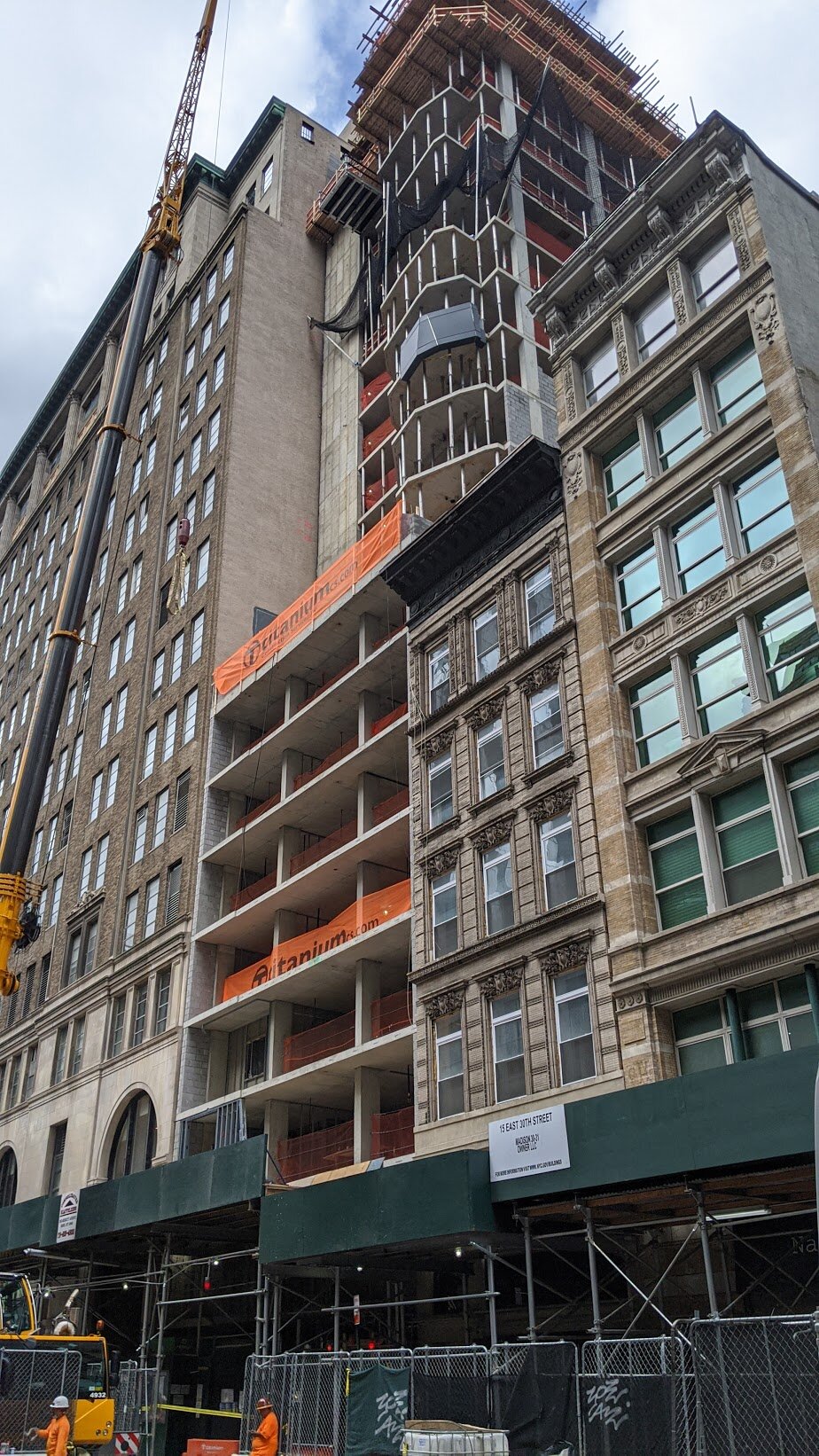
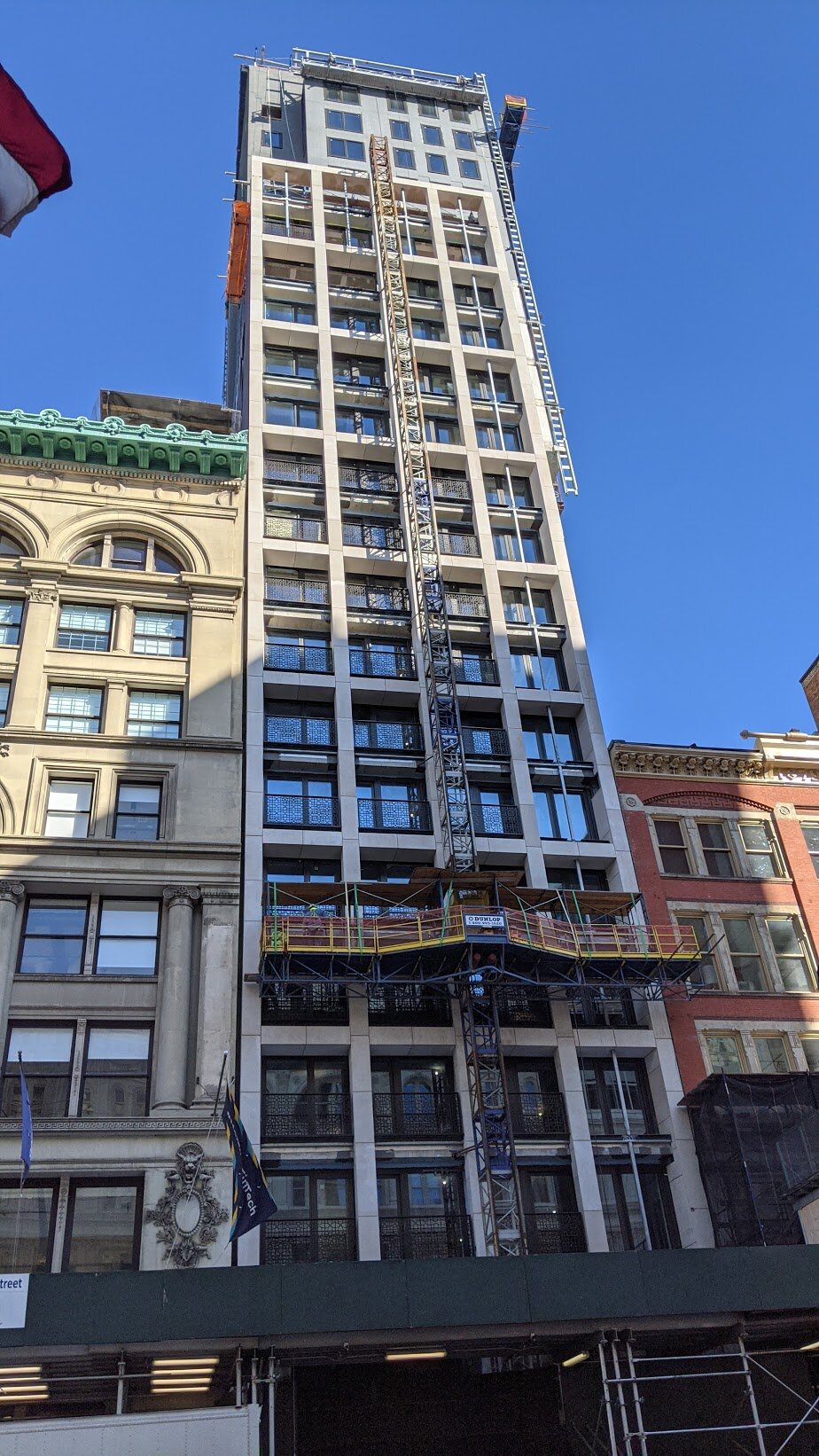

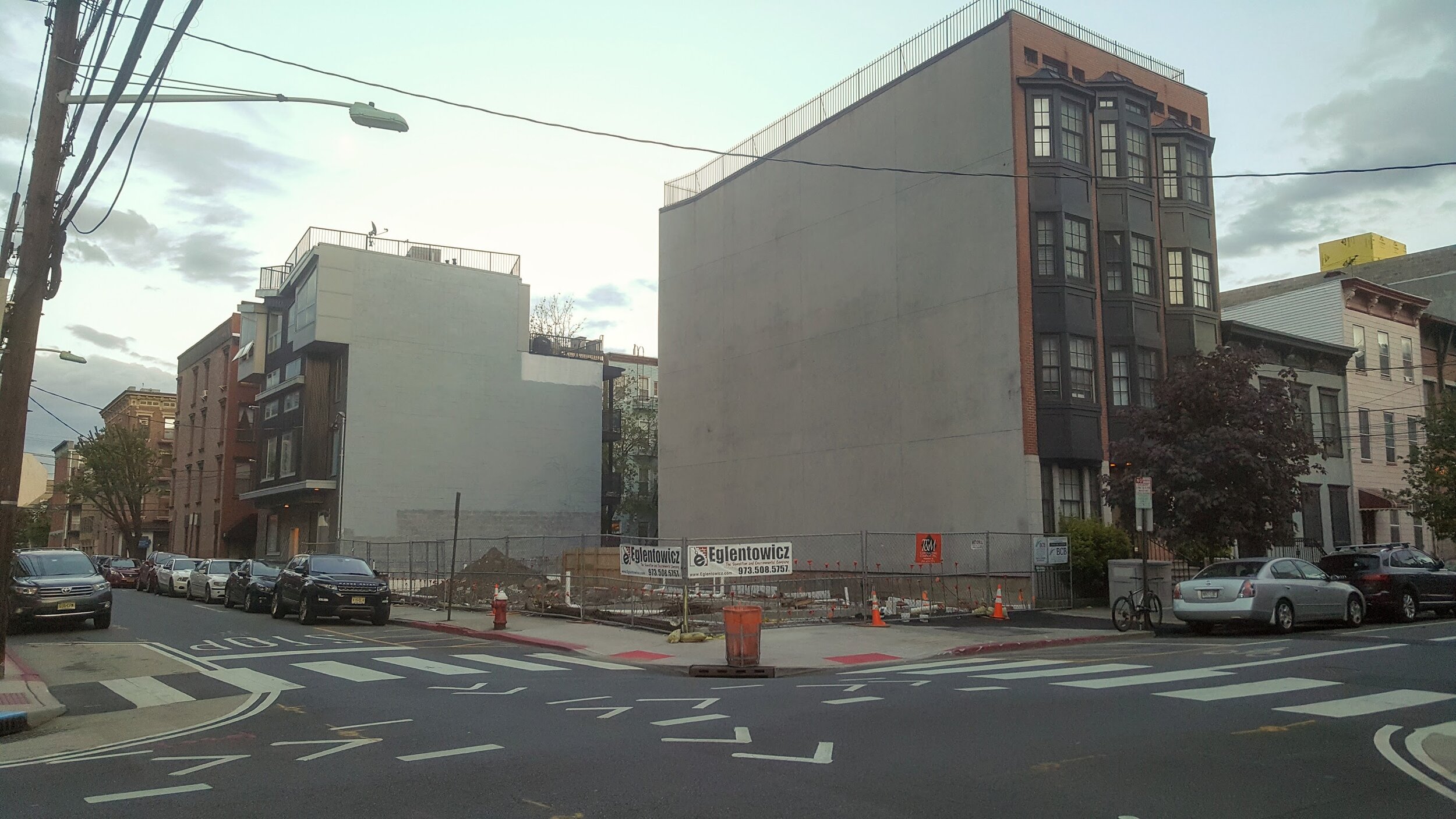







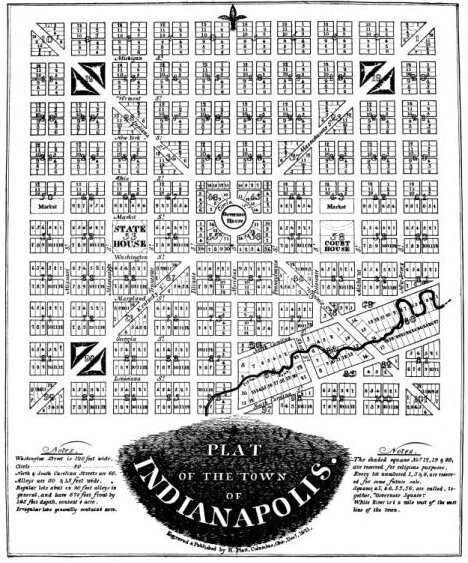

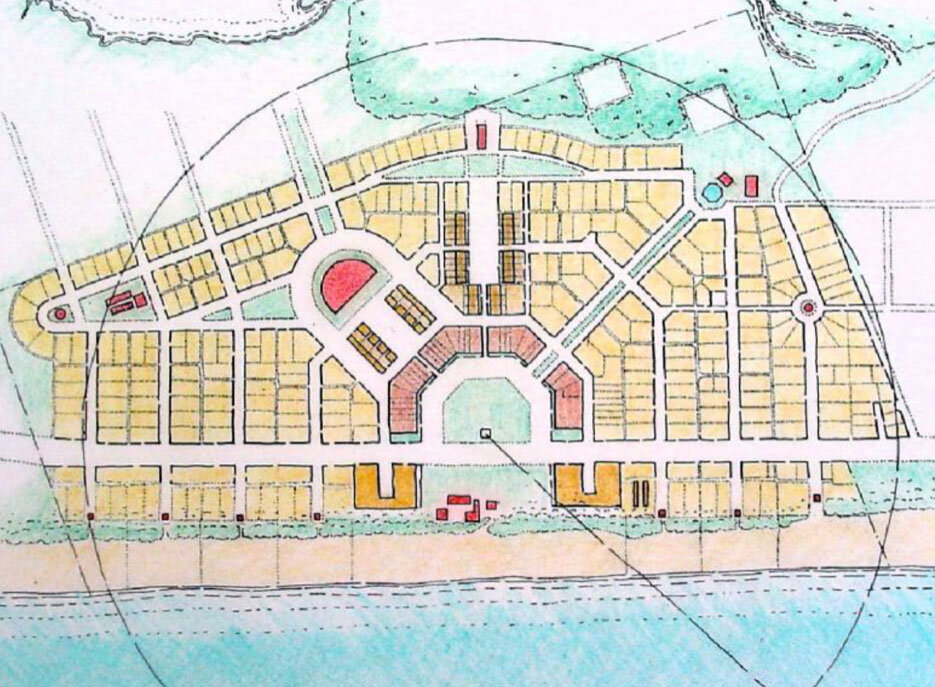




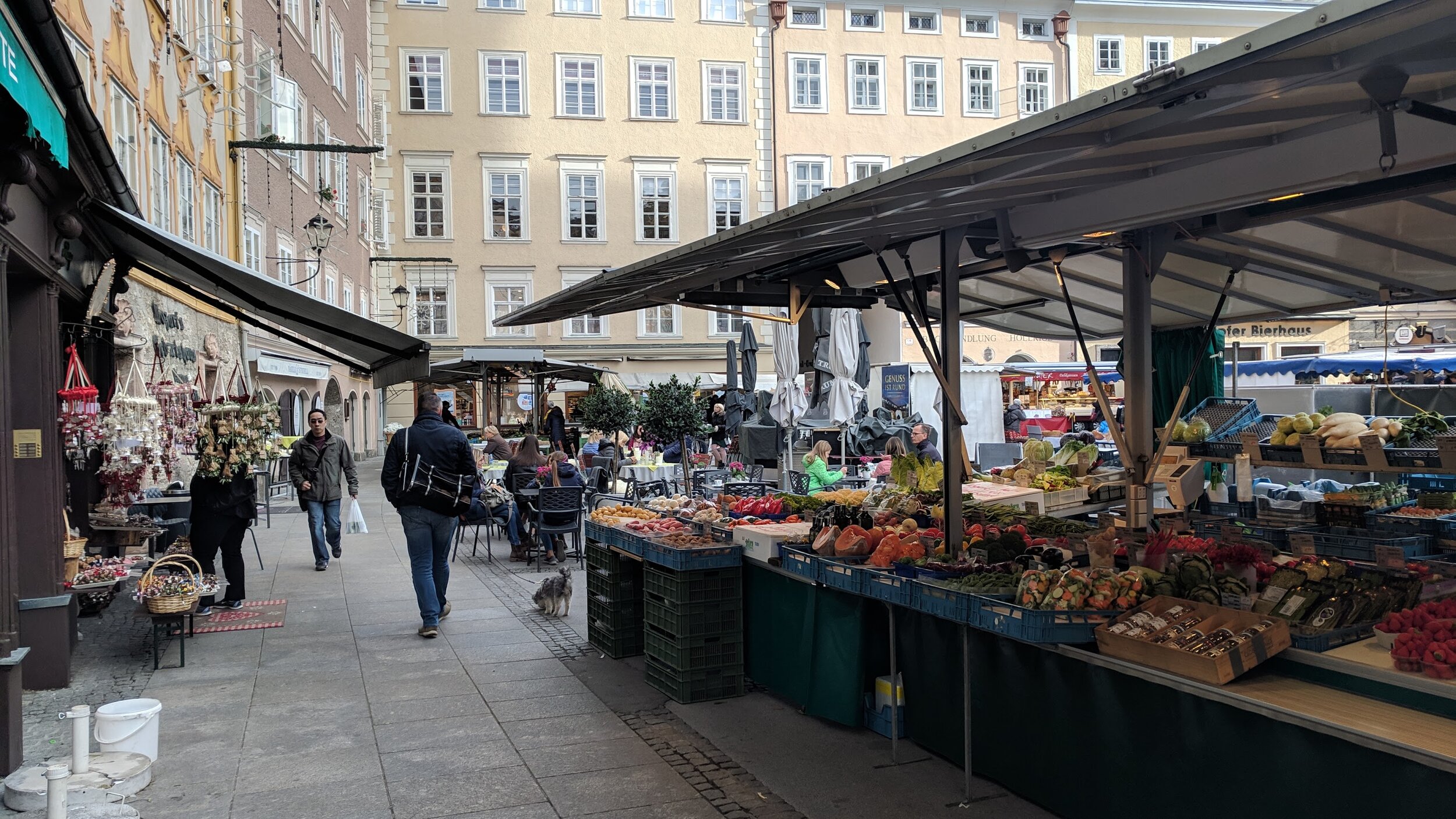
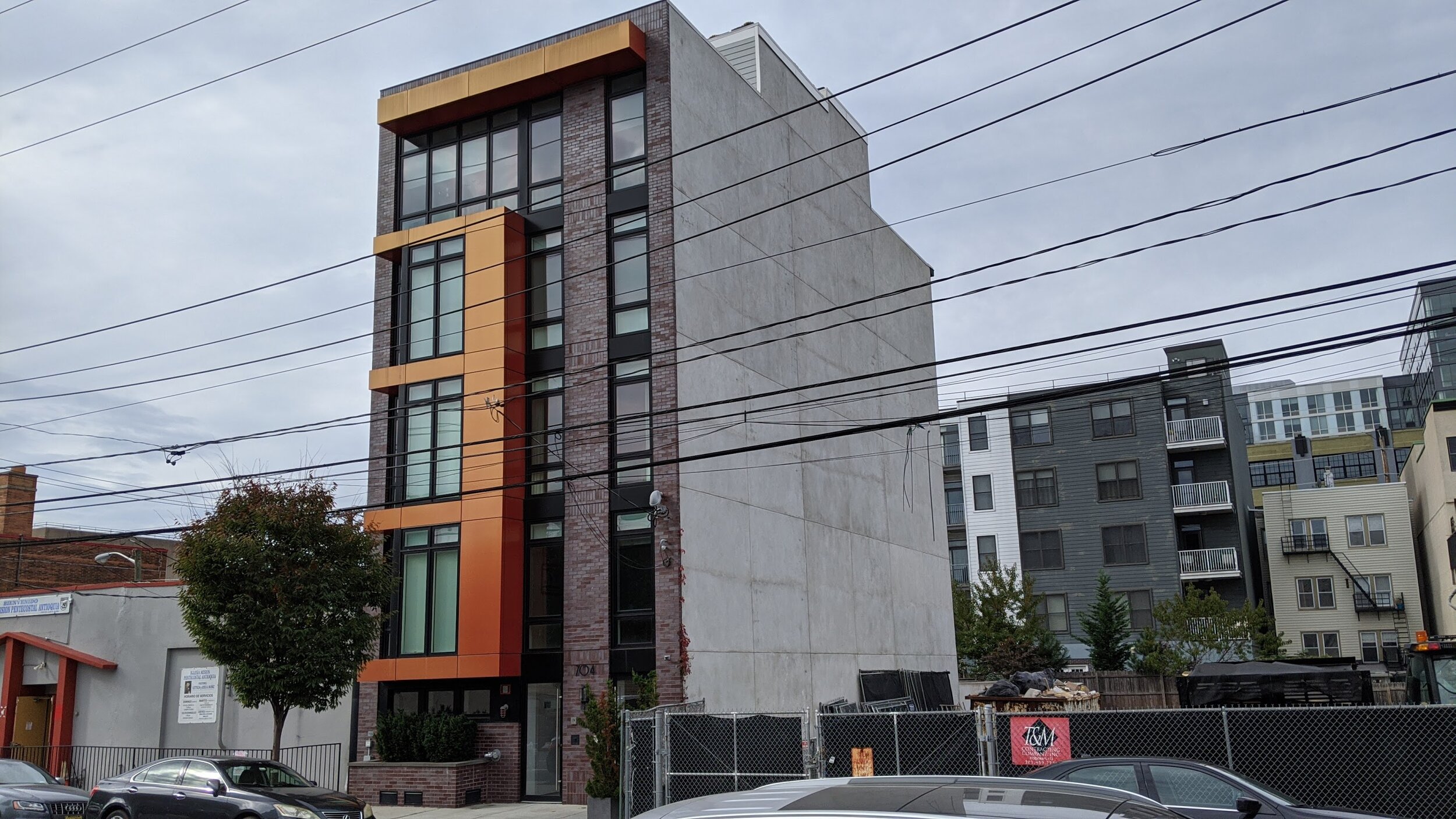






Daylighting means removing visual obstructions in approaching intersections, so that users can better see and more safely cross each other’s paths. Here are 5 ways to do it cheaply and creatively in your city or town.